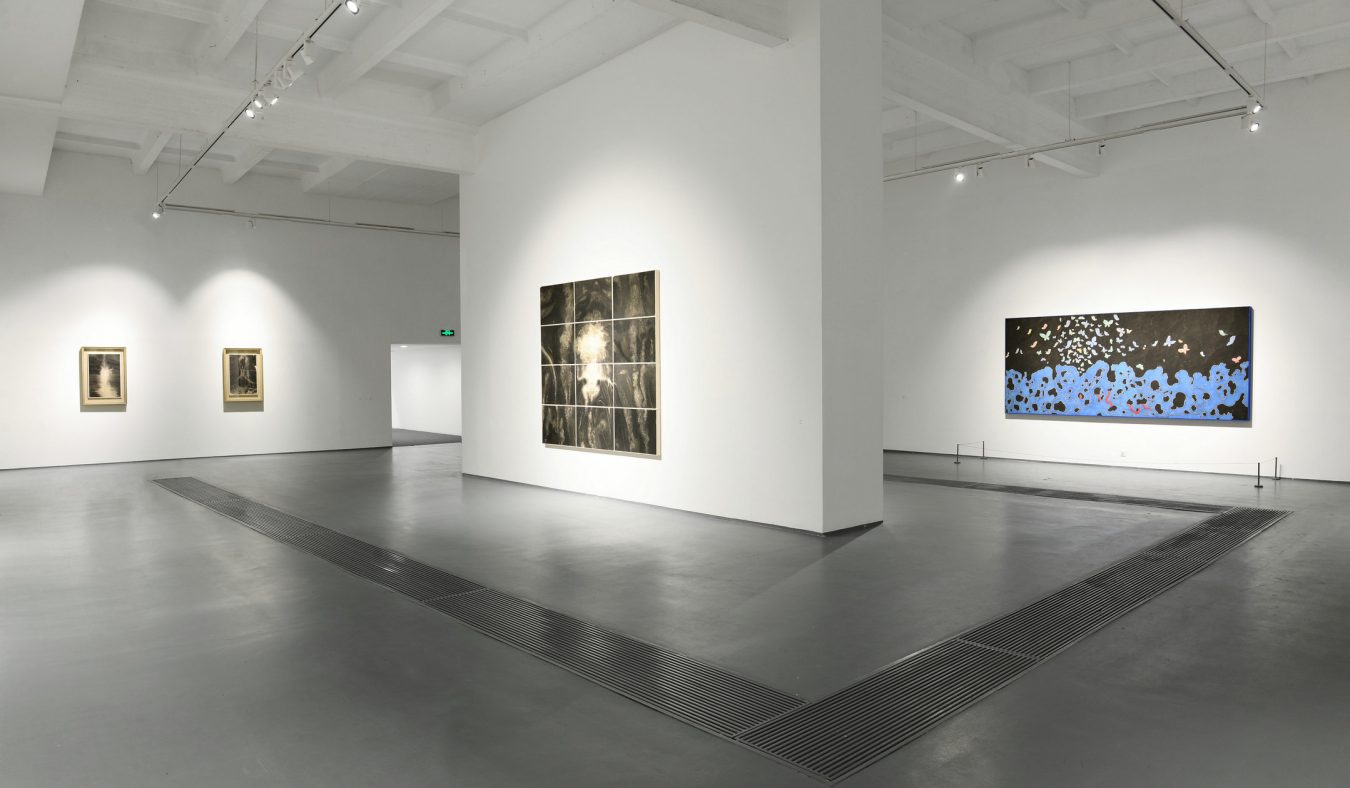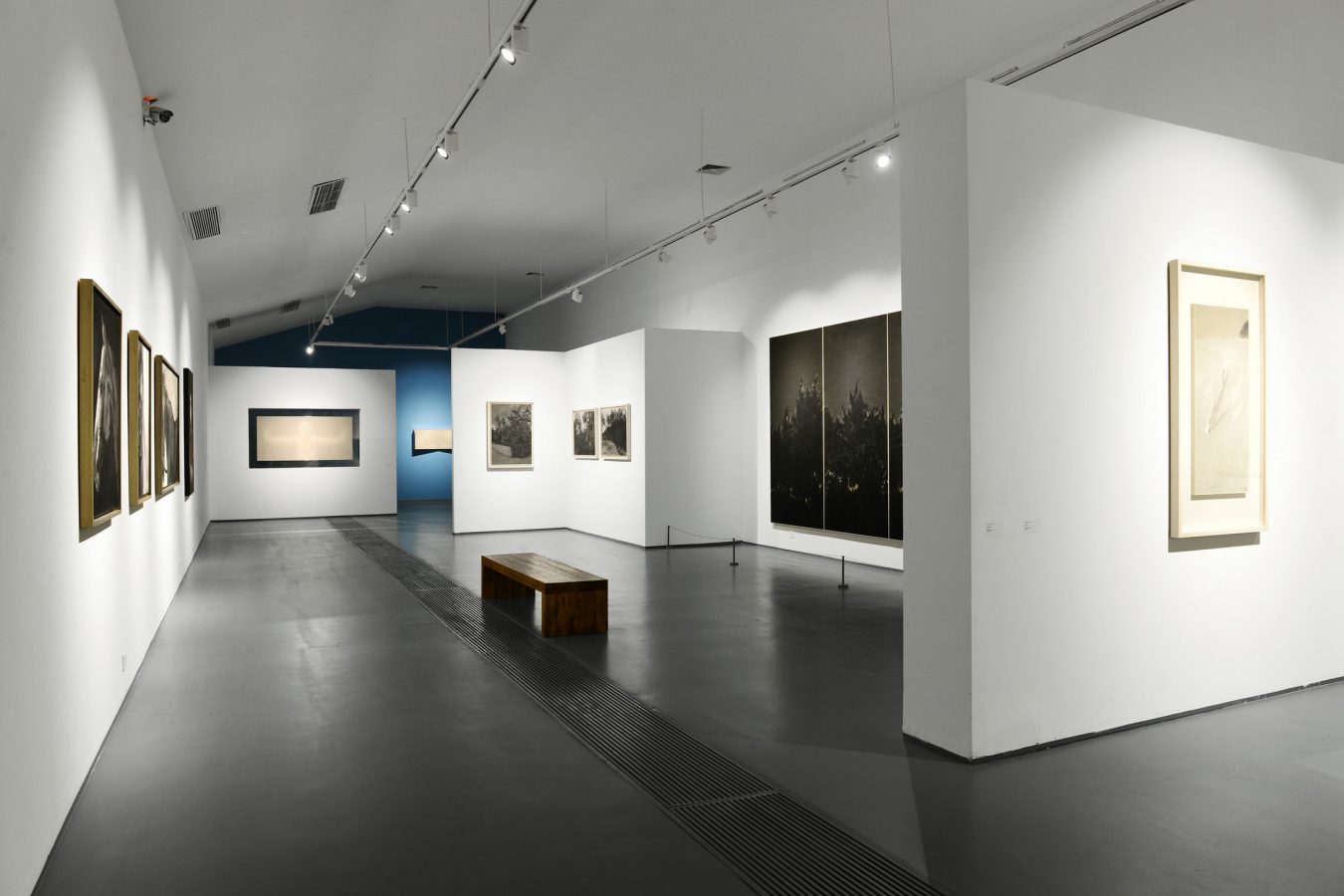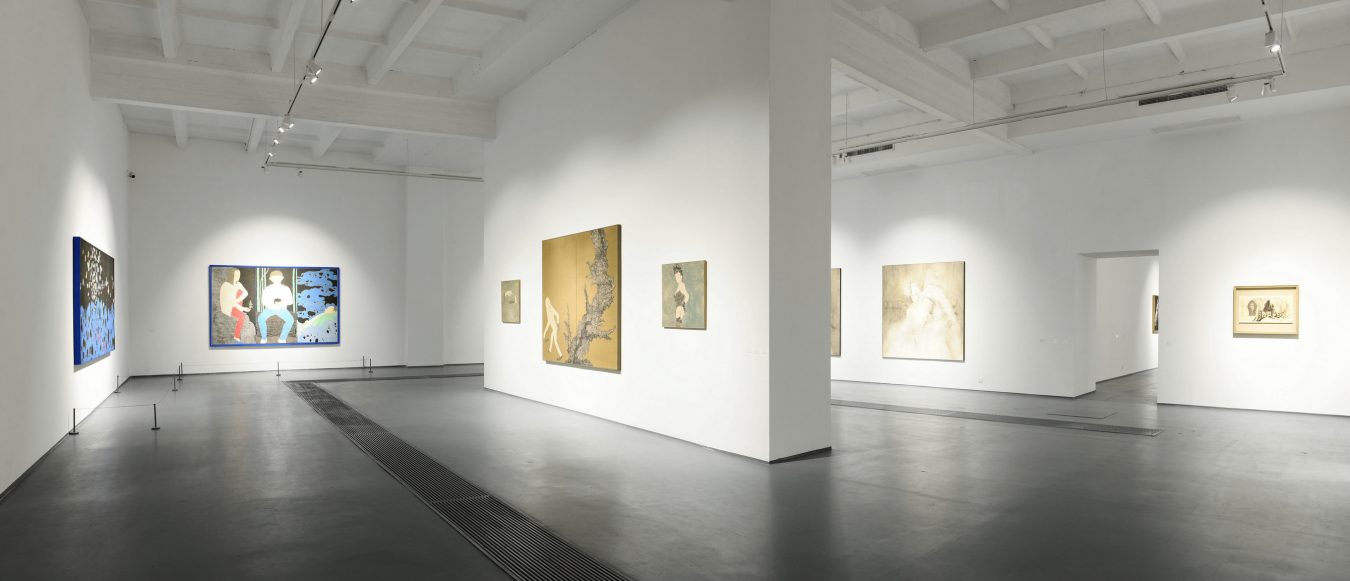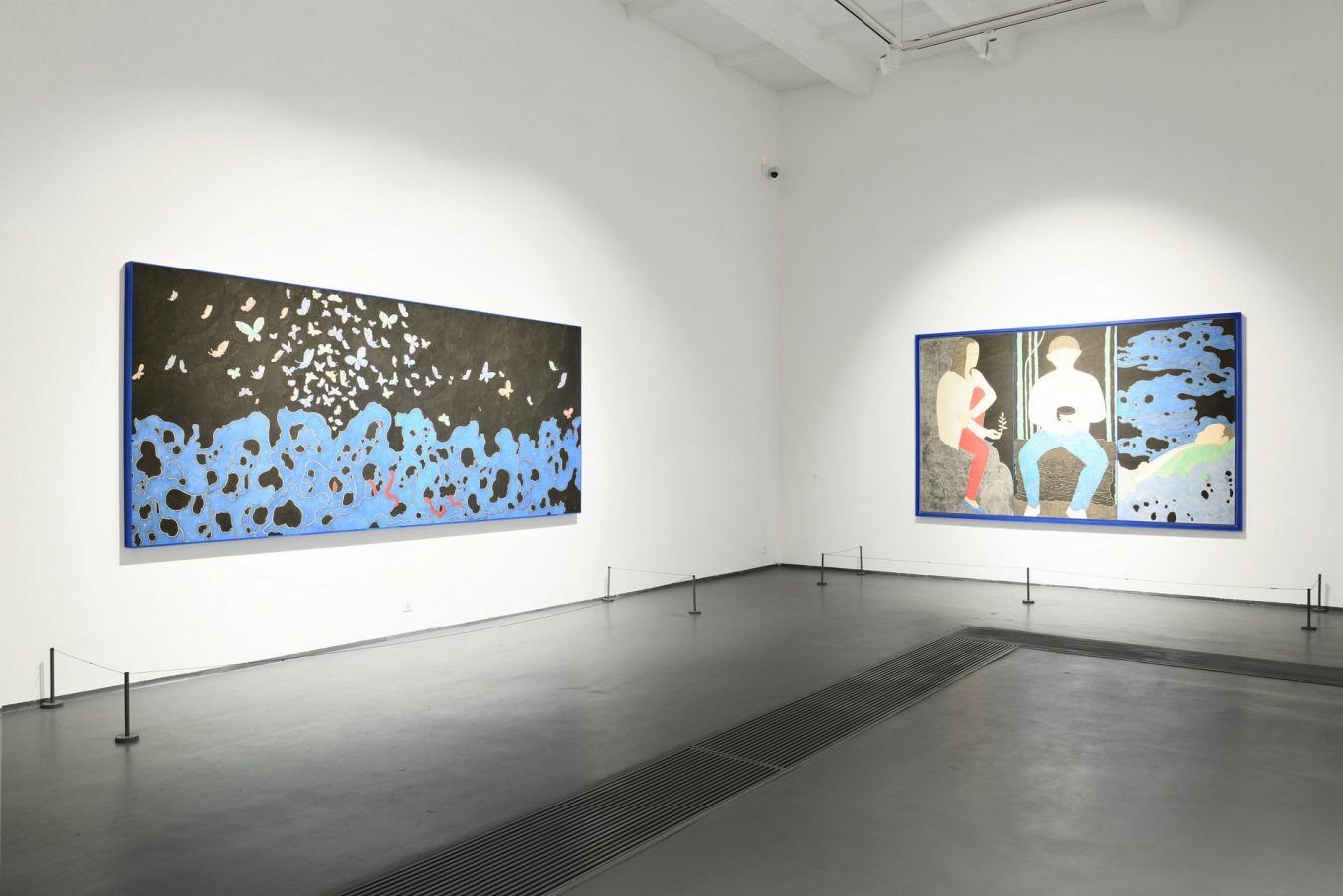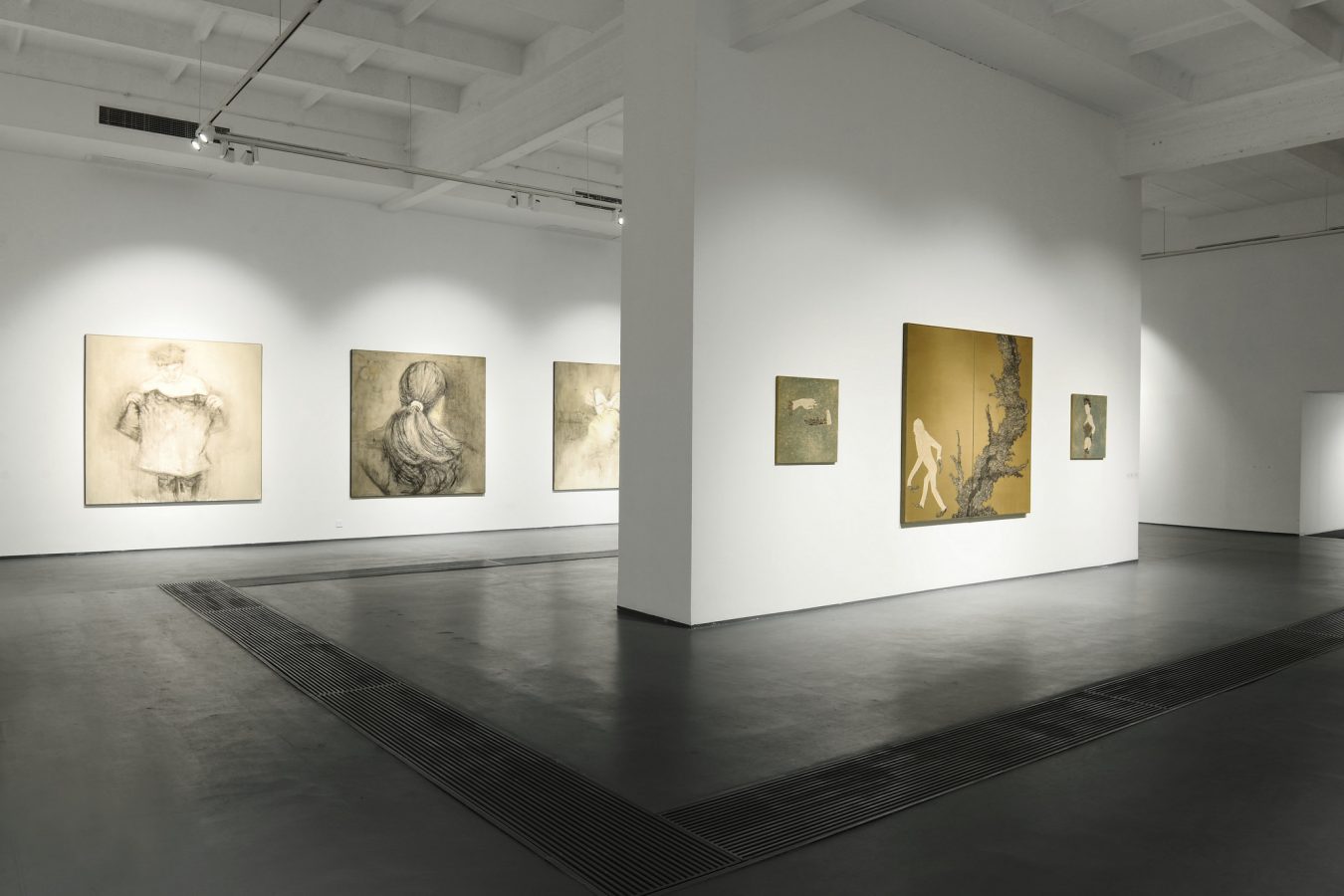Ink painting has always been an infinitely unfolding philosophical attitude and form of individual enlightenment, not just a technique or artistic method. Modern ink painting has been waiting for a separating, deviating method to isolate the material properties of water and ink, finding self-renewal of tradition in rigidity or whiteness, softness or blackness. Modern ink painting is no longer just a form of cultural self-affirmation. It must insert itself into the gaps within all of the forms of art in the world, opening up a possible interval field within which it can freely play. In ancient times, when Chinese culture was most self-aware, the Name School thinkers Gongsun Longzi and Hui Zi engaged in a dramatic, humorous dialogue with the great philosopher Chuang Tzu on the linguistic philosophical awareness involved in “separating hardness and whiteness” and “unifying sameness and difference,” in a quest for a breakthrough in Chinese thought. This installment of the Qi She series is an academic exhibition presenting the works of eight artists born in the 1970s, exploring each artist’s unique artistic language as well as the aesthetic traits which bring them together. What gifts will this “alignment of the stars” bring to ink art?
This academic exhibition will attempt to use the ink art of these artists to refresh contemporary art and to use the questions of contemporary art to guide the future direction of ink, all by highlighting their sense of purpose and their daring courage. Du Xiaotong has drifted freely through the seas of ink and brought ink art into a vast realm of inspiration. Qin Xiuping has used the obesity of our era and the lithe lines of painting to create a satirical stance. With his sensitive fingers, Tan Jun has discovered the convulsive, trembling secret dialogue between ink art and the myriad things of the world. Through infra-mince and cinematic double vision, Hang Chunhui uses games to reveal the tenacity of the individual and the challenge of self-examination. Xu Jiacun has turned the landscape into a dark cathartic poem of modernity through the transformation of light and dark. Wang Yu has discovered the other side of life by penetrating space with sharp lines and peering into the reverse gaze that lies behind it. Liu Qi has accomplished an inconceivable fusion between classical antiquity and fashion through dream-like colors and detached forms. Sun Hao’s subtle layering of ink and lonely imagery of life let us hear the rushing breaths and piercing howls of ink.
The eight artists featured in this Qi She exhibition all possess a strong artistic awareness. They share the same yearning for artistic enlightenment as they walk down their separate linguistic paths, between solidity, whiteness, sameness and difference, the essences of Chinese aesthetics. This exhibition at the Hive Center for Contemporary Art includes multifaceted presentations of the artists’ works: discussion videos, creative notes, primary research and representative artworks, all presented together on an equal footing to bring together their paths and journeys, radiating the brilliant light of this cluster of stars.
